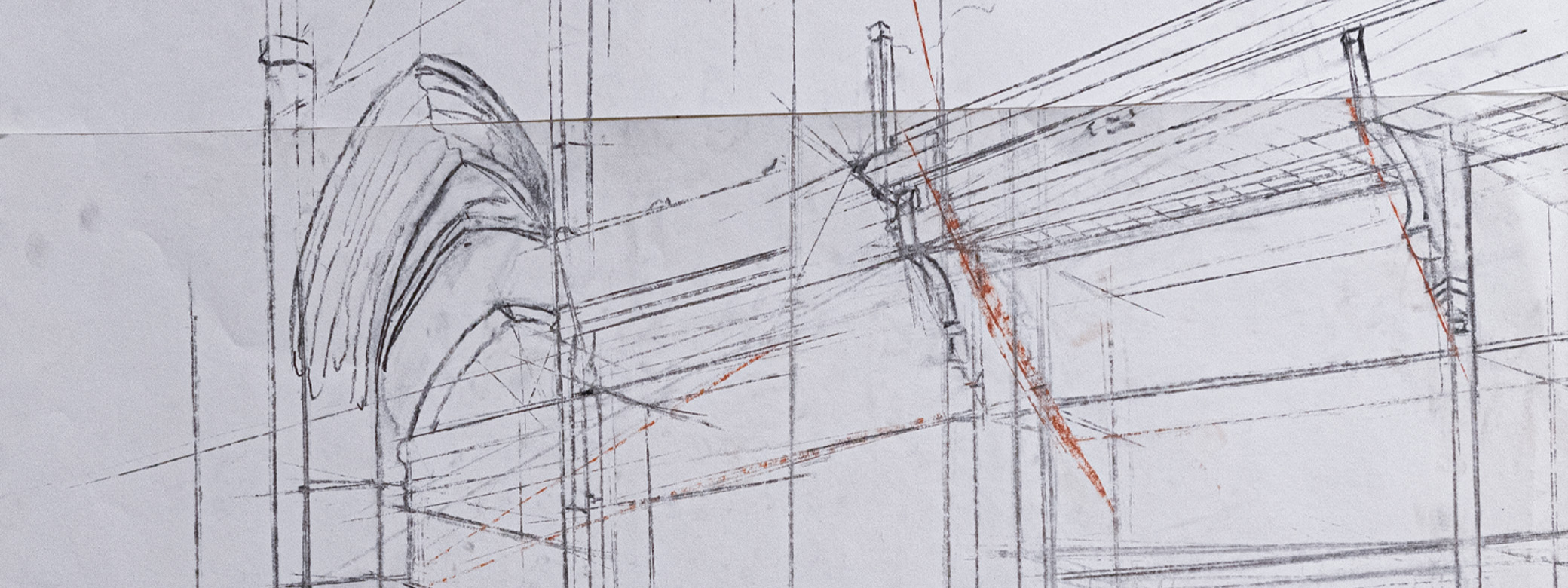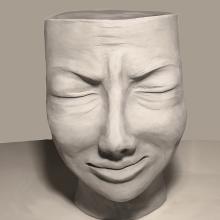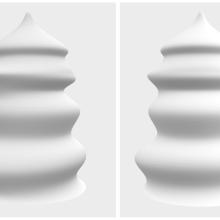Learning ceramics through an online class is a challenge, but it can be done. Read what two students have to say after their autumn quarter classes.
Carley Long
Clay is so many things. It's welcoming and forgiving on the one hand yet challenging and fragile on the other. I have experienced many cycles of grace and frustration as one would in any relationship. It can be playful and lighthearted or serious and deep, so it is the activity I turn to for any of my moods. For as many pieces that are brought into beautiful permanence, there are just as many that crack, explode, and break. I never know how well they will hold up during travel or in the kiln. This has taught me a lot about appreciation for the ones that work and how to accept letting go of the ones that don't. I’ve learned not to force my will onto clay. If you want to push past the limit of what clay can do, you must listen and be patient with its changing stages.
I love clay because of how dynamic it is. It challenges me to grow as any relationship would, and it is interesting to note how the transition to online classes has changed this relationship. For one, I have not had access to a kiln, so none of my projects have been fired or glazed. Bone dry clay is the most fragile phase and, in combination with my frequent relocation, many of my pieces have broken. Knowing this, I have focused on thicker and sturdier sculptures that may have a better chance of traveling unfired. I have also used this time to go outside of my comfort zone. Knowing many of my sculptures may not make it to the final stage, I worry less about what it will look like and spend more time learning about the process of sculpting to help me when I do get to be back into the studio.
My relationship with my peers also has to be more intentional. It was a pleasure to work alongside classmates and see their process of creation, but now we only get to see photos of the finished sculpture. I’ve learned the value of asking questions and appreciating the artist's explanation of their work. It seems that many of us have had difficulties in transitioning to an online ceramics class, but our relationship with clay grows nonetheless, and I know these limitations will only make us that much stronger and appreciative when we do return to in-person classes.
Shiuan Chu
I enjoy working with clay because it is very expressive and flexible so that you can create almost anything. Working with clay requires lots of patience and adaptability. You can’t rush the clay. It has many different stages. Depending on which stage you’re in, you can do different things. You also can't rush the kiln. Even if you're ready, firing takes a couple of days to heat and then cool. Most pieces take a minimum of two weeks from start to finish. You will learn to go with the flow as you work with clay. Your schedule becomes flexible when your vessels aren’t dry enough to trim yet, or your handles dry out, and you have to make new ones. Your favorite tool is gone in class because you have to share it with your peers, so you find a replacement. You go with it and adapt.
Taking a ceramics course at home was very interesting, but working on clay at home was a considerable challenge. During the pandemic, it was hard to stay motivated. Therefore, most of the things I created were strongly affected by my emotions. Working in clay in a different environment other than the Art Building or the CMA was pretty weird. There were some ups and downs during the online ceramics class, but there are no limits on creativity. Just let your emotions carry you through your piece.




